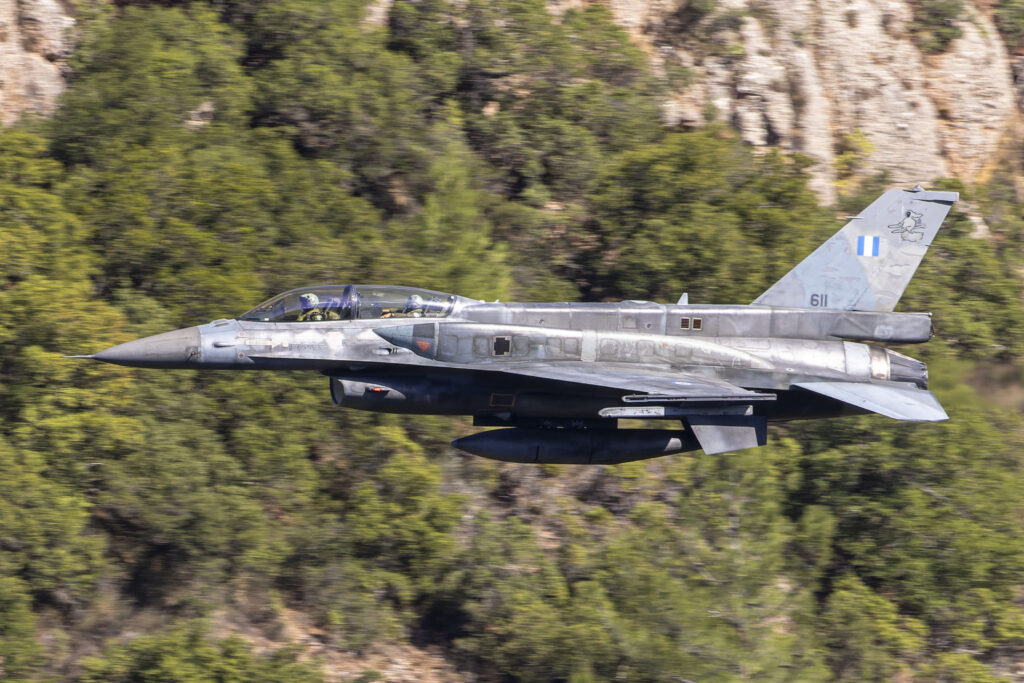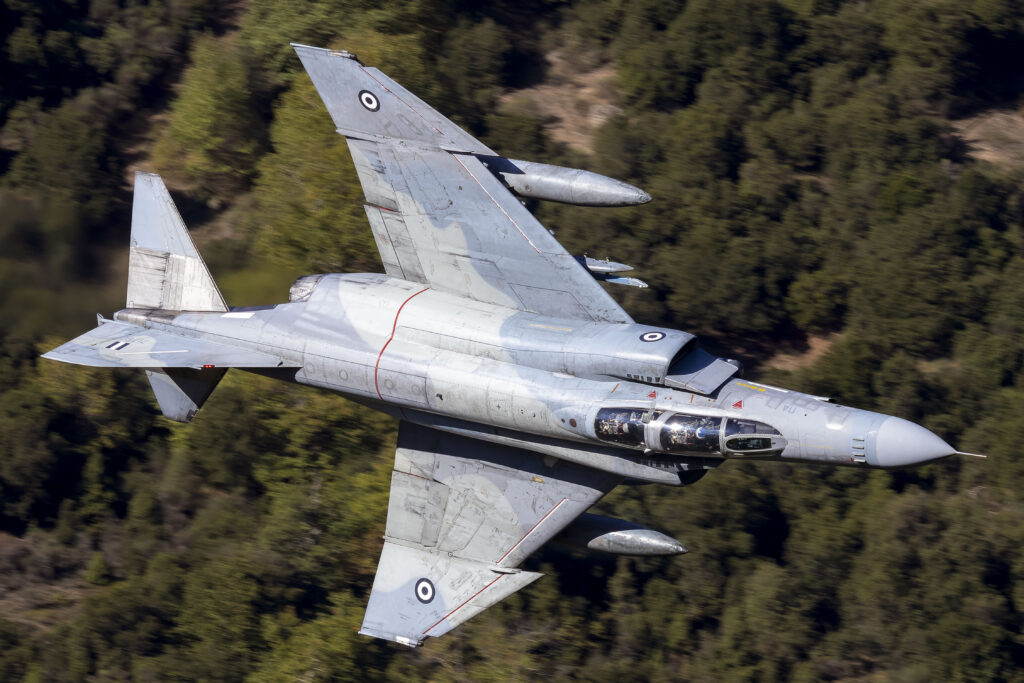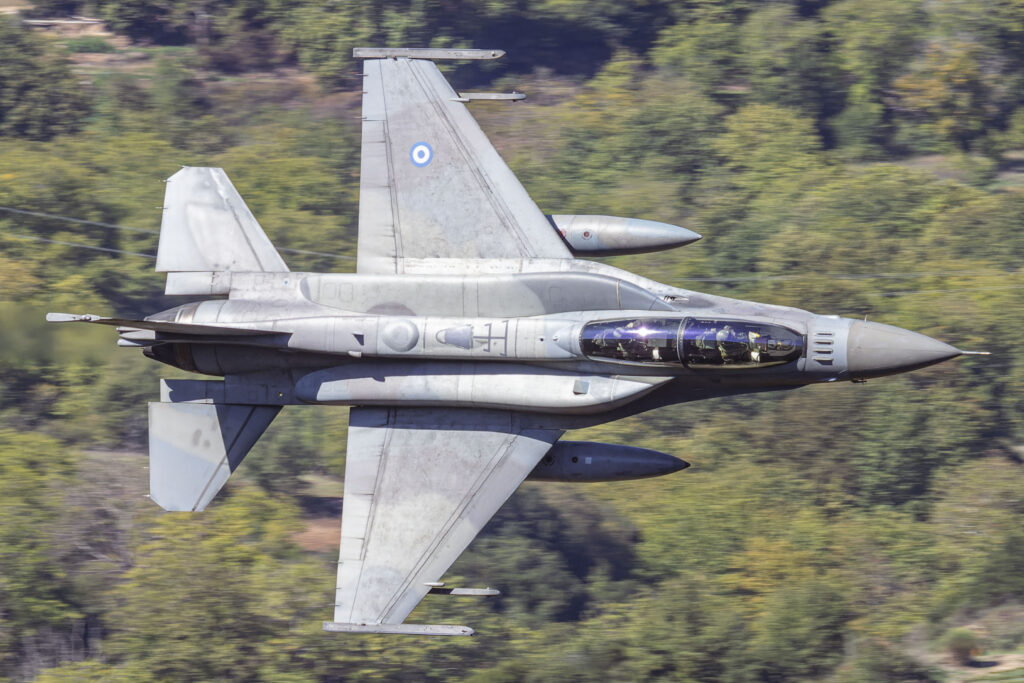NATO’s Exercise Ramstein Flag 24 begins
Led by NATO Allied Air Command and hosted by the Hellenic Air Force, the Ramstein Flag 24 exercise is designed to strengthen cooperation, interoperability and integration among Atlantic Alliance countries. Twelve allied countries are participating in the multinational Ramstein Flag 24 exercise in Greece, starting at Andravida Air Base, with more than 130 combat aircraft and enablers along with maritime, land and special operations forces.
“Exercise Ramstein Flag symbolizes the future of NATO exercises, focusing on current and future threats,” said General James B. Hecker, commander, Allied Air Command. “We will execute further improved tactics, a more robust integration that will lead to stronger deterrence,” he added.
The Ramstein Flag 24 exercise officially began last Sept. 26, and will end on Oct. 11, and involves fourth- and fifth-generation fighter jets, including F-35s, F-16Vs, Rafale, Eurofighters, transport aircraft and support aircraft. NATO and the French Airborne Warning and Control System (AWACS) will provide air operations control. In addition, a mix of surface air defense systems is also used during the exercise to support realistic and complex training.
The first of its kind in NATO, this exercise will demonstrate NATO’s determination, commitment and ability to deter potential adversaries and defend the Alliance through highly sophisticated multi-domain operations.
“The exercise is critical to keeping the peace and ensuring that NATO air forces are ready to defend the alliance. It gives us an opportunity to bring NATO air forces together to show how, if necessary, we would want, fight and win,” says Air Marshall Johnny Stringer, Deputy Commander, Allied Air Command.
Achieving and maintaining air superiority in a potential conflict is the level of ambition for Allied Air Command and NATO’s Allied Air Forces in every contested area of operations. Air superiority is tested by enemy interference, such as air or missile threats against allied aircraft and against forward air bases via cruise and ballistic missiles.




With these capabilities, the enemy can deny access to allied aircraft and create a no-fly zone. Counter-Anti-Access/Area Denial (C-A2/AD) measures are used to neutralize adversary military infrastructure, deter adversaries, and remove restrictions on friendly forces to move freely in a given region.
C-A2/AD in NATO operations is a multi-domain activity and Ramstein Flag 24 will enable the Alliance to further train and refine tactics, techniques and procedures in this field. This major training event symbolizes the future of NATO exercises and the first major exercise to put the Atlantic Alliance’s C-A2/AD capability into practice.
“As geopolitical tensions continue to evolve, NATO’s exercise design must evolve as well. Exercise Ramstein Flag symbolizes the future of NATO exercises, focusing on current and future threats,” said General James B. Hecker.





